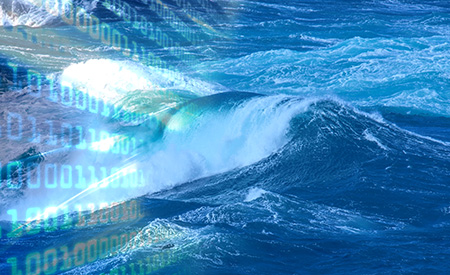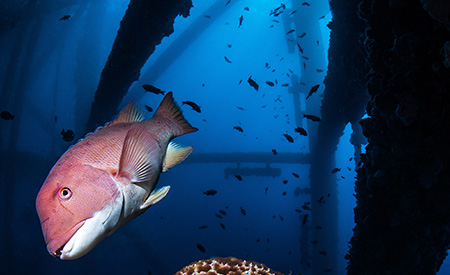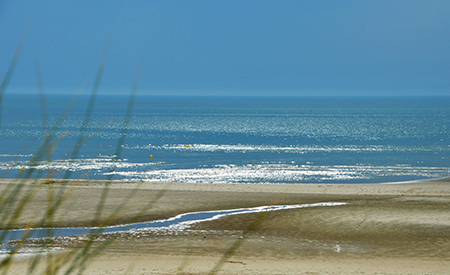France Energies Marines
Type of resources
Available actions
Topics
Keywords
Contact for the resource
Provided by
Years
Formats
Representation types
Update frequencies
status
Resolution
-

This report describes the methodology used to define the “validation scenarios”, accounting for the different potential use cases. Given the large number of permutations of tools, use cases, and the set of minimum validation requirements, the number of validation scenarios has been reduced to a number that can be run during the life of the DTOceanPlus project but that are sufficient to fully demonstrate the functionality of the DTOceanPlus suite of tools. The selection process, based on a successive approximation approach, has led to the cases that the potential users in the DTOceanPlus consortium have considered as the most relevant for the sector. In Section 4 of the document, the selected validation scenarios is described; the definition of these scenarios has been completed during the project to ensure that the most updated information is used.
-
This document defines three reference cases of floating windfarms, and failure scenarios which will be used as input data for tasks 4.2 and 4.3.
-

The Structured Innovation (SI) design tool forms part of the DTOceanPlus suite of second-generation open source design tools for ocean energy. The SI tool comprises innovation methodologies which can enhance concept creation and selection in ocean energy systems (including sub-systems, energy capture devices and arrays), enabling a structured approach to address complex ocean energy engineering challenges where design options are numerous, and thus it can facilitate efficient evolution from concept to commercialisation.
-

A coherent set of functional and technical requirements have been developed for the DTOceanPlus suite of design tools based on analysis of gaps between the current state-of-the-art tools, learning from the original DTOcean project, and the stakeholder expectations identified in the user consultation survey. The technical requirements in this document are translated from the general requirements for the overall suite of tools, and specific requirements (functional, operational, user, interfacing, and data) for the Deployment design tool that will be developed as part of this project.
-

In response to the issues identified by the sector and the questions raised by citizens concerning the environmental integration of marine renewable energies in France, the COME3T approach aims to provide elements of expertise, synthesis and recommendations based on a national network of experts. In this bulletin, 6 experts contributed to defining the different phenomena that could facilitate the spread of non-indigenous species following the development of offshore wind farms. Several recommendations have been issued to limit the impact on marine ecosystems of the relay effect, ballast water release and the storage of offshore infrastructure in ports.
-

This report is a comprehensive description of the environmental impacts related to operations and maintenance. All marine operations related to inspection, maintenance and repair lead to environmental impacts due to vessel traffic, noise emissions, handling of mooring lines, anchors and cables, etc.
-

This document briefly presents the methodology used to build the Ecosim and Ecospace models representing the extended Seine Bay ecosystem as well as the main results.
-

The Structured Innovation (SI) design tool comprises innovation methodologies that can enhance concept creation and selection in ocean energy systems, enabling a structured approach to address complex ocean energy engineering challenges where design options are numerous. Thus, it can facilitate efficient evolution from concept to commercialisation. The tool is one of a kind beyond the current state-of-the-art, that will enable the transfer and adaptation of the QFD/TRIZ and FMEA methodologies to the ocean energy sector.
-
This document proposes a comprehensive list of quantitative and qualitative analysis criteria to classify the sensors technologies. This document highlight the theoretical and practical advantages and limitations of each technique, making a clear distinction between the installation phase and the operating phase.
-

This document summarizes both the module functionalities and the more technical aspects of the code implemented in the station keeping module.
 Catalogue PIGMA
Catalogue PIGMA